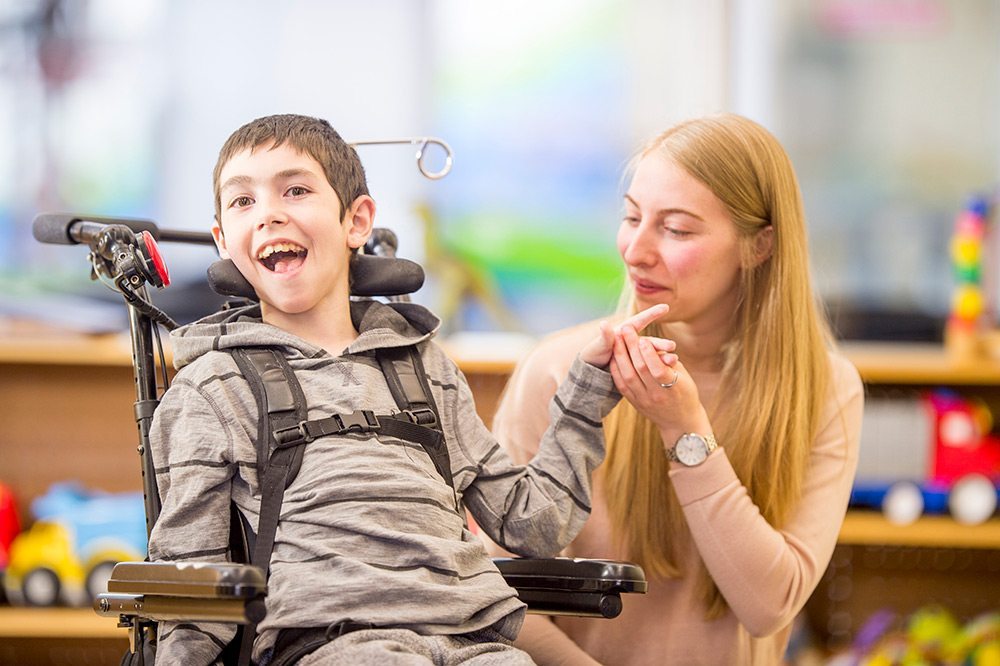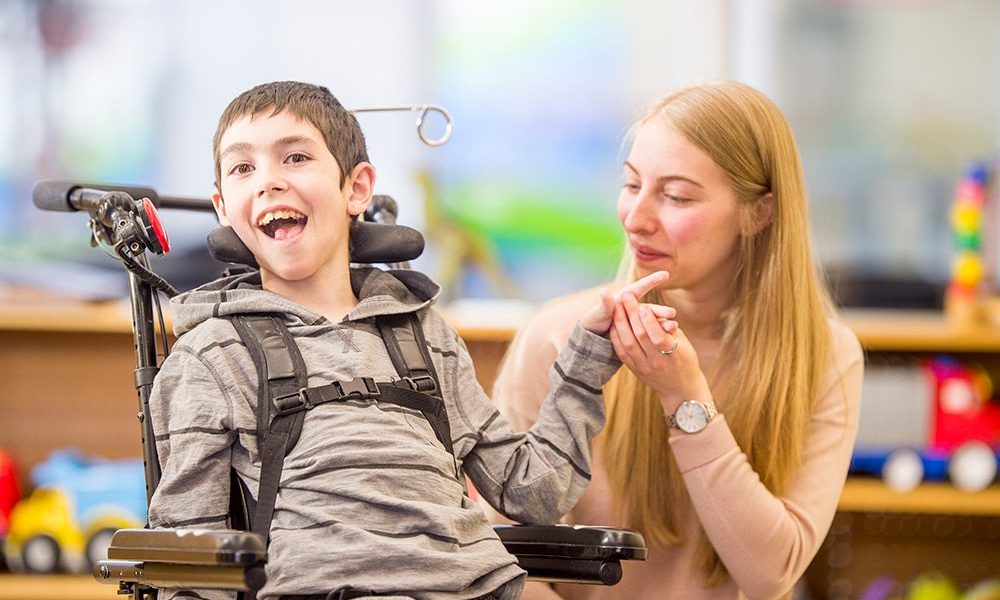Cerebral palsy is a type of musculoskeletal disorder that stems from underlying brain damage or abnormalities. Hypoxic-ischemic encephalopathy (HIE) is one of the most common causes of cerebral palsy.
Cerebral palsy is characterized by impairments in motor function, such as reduced strength, flexibility, and coordination. Some children also develop postural issues and spastic reflexes. The underlying brain damage/abnormality (e.g. HIE) may also cause associated conditions such as intellectual disabilities and epilepsy.
Cerebral palsy is neither curable nor progressive, meaning that the underlying brain issue does not change over time. However, certain symptoms may worsen or improve; this depends in large part on the quality of treatment an individual receives.
Jump to:
- How do you pronounce cerebral palsy?
- Can cerebral palsy be prevented
- When can doctors determine if a child with HIE
- What does cerebral palsy look like?
- Can cerebral palsy be caused by medical malpractice?
- Legal help: about ABC Law Centers
- Sources
How do you pronounce cerebral palsy?
Can cerebral palsy be prevented in a child with HIE?
Babies with HIE are often eligible for therapeutic hypothermia; however, this cutting-edge treatment must be provided very shortly after the birth asphyxia (oxygen-depriving incident/complication) occurs. Exact guidelines vary depending on individual circumstances, but generally, this treatment must be given within six to 12 hours after birth (2).
Therapeutic hypothermia is not a cure for HIE, and in many cases, children who receive this treatment still develop cerebral palsy. However, hypothermia can reduce the likelihood or severity of CP and other disabilities stemming from HIE (3).
When can doctors determine if a child with HIE also has cerebral palsy?
In many cases, a child is first diagnosed with HIE, then diagnosed with cerebral palsy a few months or years later. This is because the brain damage associated with HIE may be identified in neonatal assessments (such as MRIs, CT scans, or umbilical cord blood gas tests), but the signs and symptoms of cerebral palsy may not be evident until the child begins to show developmental delays.
However, it’s important to note that cerebral palsy can often be diagnosed as early as six months of corrected/adjusted age if physicians are knowledgeable about what signs to look for (1). Because children with HIE are at higher risk of developing cerebral palsy, medical professionals should recommend serial evaluations for this condition.
What does cerebral palsy look like?
Cerebral palsy shows up first and foremost as a physical impairment, though the severity of the condition can vary dramatically. There are different levels of ‘involvement’ – some cerebral palsy cases are very mild while others are very severe. Mild cases might show impaired function in just one limb, while the most severe cases of cerebral palsy may cause patients to have impaired function in all of their limbs and their face.
The following are some common signs and symptoms of cerebral palsy (4, 5):
- Delays in reaching developmental milestones such as holding the head up, sitting, crawling, and walking
- Muscle tone abnormalities: this may involve hypotonia (too low of muscle tone) and/or hypertonia (too high of muscle tone)
- Postural abnormalities
- Using one side of the body more than the other
- Difficulty with fine motor skills (e.g. holding an eating utensil or a crayon)
- Spasticity: sudden muscle movements or stiffness of muscles
Other conditions that are frequently associated with HIE and CP include the following (among others):
- Intellectual disabilities
- Epilepsy/seizure disorders
- Speech and language issues
- Behavioral issues
- Vision and hearing impairments
- Feeding problems
- Sensory processing issues
- Respiratory conditions
Can cerebral palsy be caused by medical malpractice?
Cerebral palsy is often the result of HIE or another type of preventable birth injury. A “birth injury” is any type of harm to an infant that occurs during the process of birth or around that time. In many cases, birth injuries only occur because of negligence.
Medical professionals are obligated to provide high-quality care to their patients. If they do not follow standard of care (which can be defined as what a reasonable peer would have done if put in their position), and this causes harm, then they have committed an act of medical malpractice. Unfortunately, HIE and cerebral palsy are often linked to malpractice.
If you believe your child’s cerebral palsy may have stemmed from malpractice, you may want to consult a birth injury attorney.
Get Trusted Legal Help
The HIE Help Center is run by ABC Law Centers, a medical malpractice firm exclusively handling cases involving HIE and other birth injuries. Our lawyers exclusively handle birth injury cases and have been advocating for children with HIE, cerebral palsy, and related disabilities since the firm’s inception in 1997.
We are passionate about helping families obtain the compensation necessary to cover their extensive medical bills, loss of wages (if one or both parents have to miss work in order to care for their child), assistive technology, and other necessities.
If you suspect your child’s HIE may have been caused by medical negligence, contact us today to learn more about pursuing a case. We provide free legal consultations, during which we will inform you of your legal options and answer any questions you have. Moreover, you would pay nothing throughout the entire legal process unless we win or obtain a favorable settlement.
You are also welcome to reach out to us with inquiries that are not related to malpractice. We cannot provide medical advice, but we’re happy to track down informational resources for you.
Sources
- Early, Accurate Diagnosis and Early Intervention in Cerebral Palsy: Advances in Diagnosis and Treatment
- The Academica Medical Center Patient Safety Organization (AMC PSO) Neonatal Encephalopathy Task Force. (2016). Therapeutic Hypothermia in Neonates: Recommendations of the Neonatal Encephalopathy Task Force[Pamphlet].
- Therapeutic hypothermia for neonatal hypoxic–ischemic encephalopathy–where to from here?
- What are the early signs of cerebral palsy?

